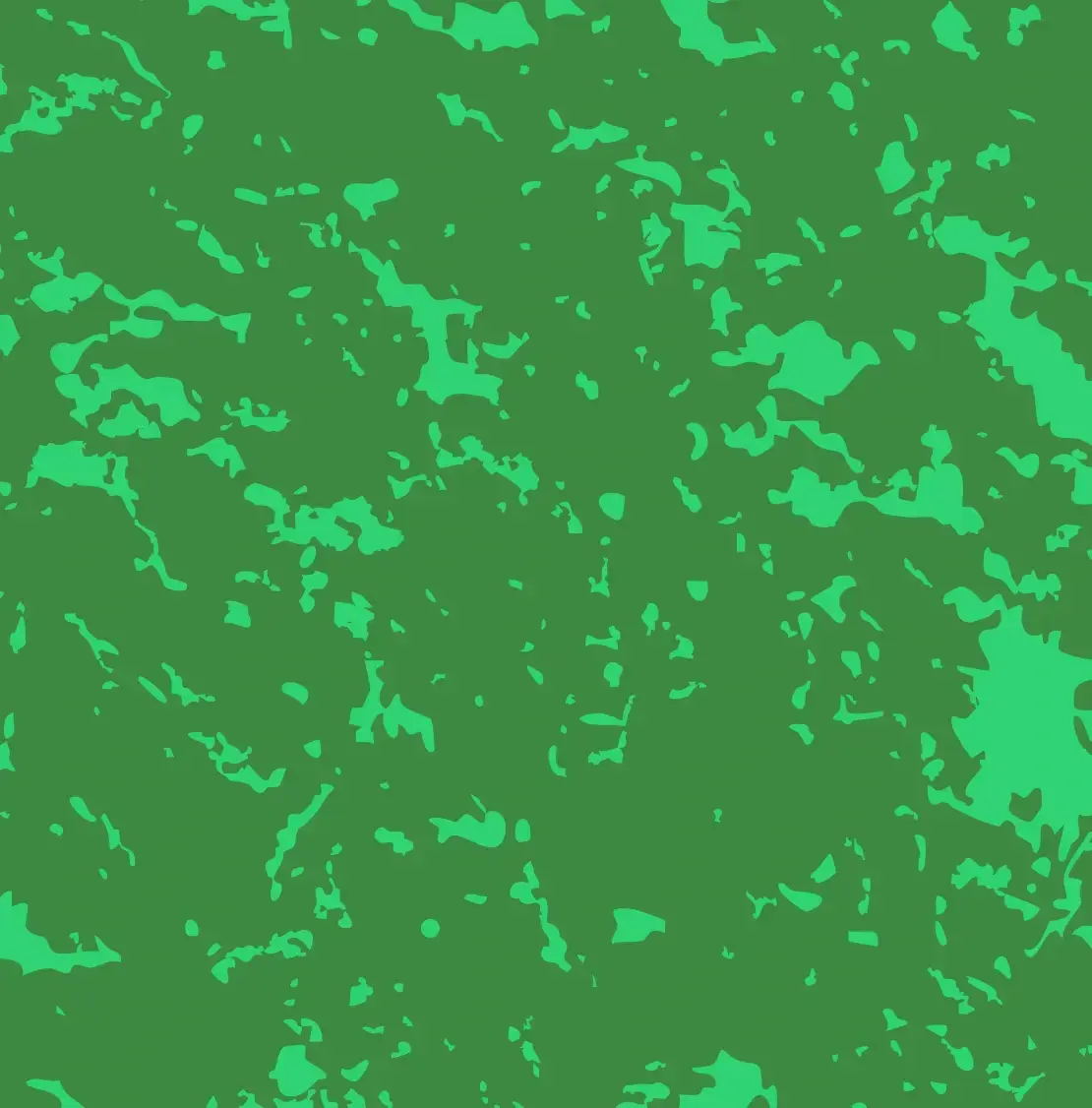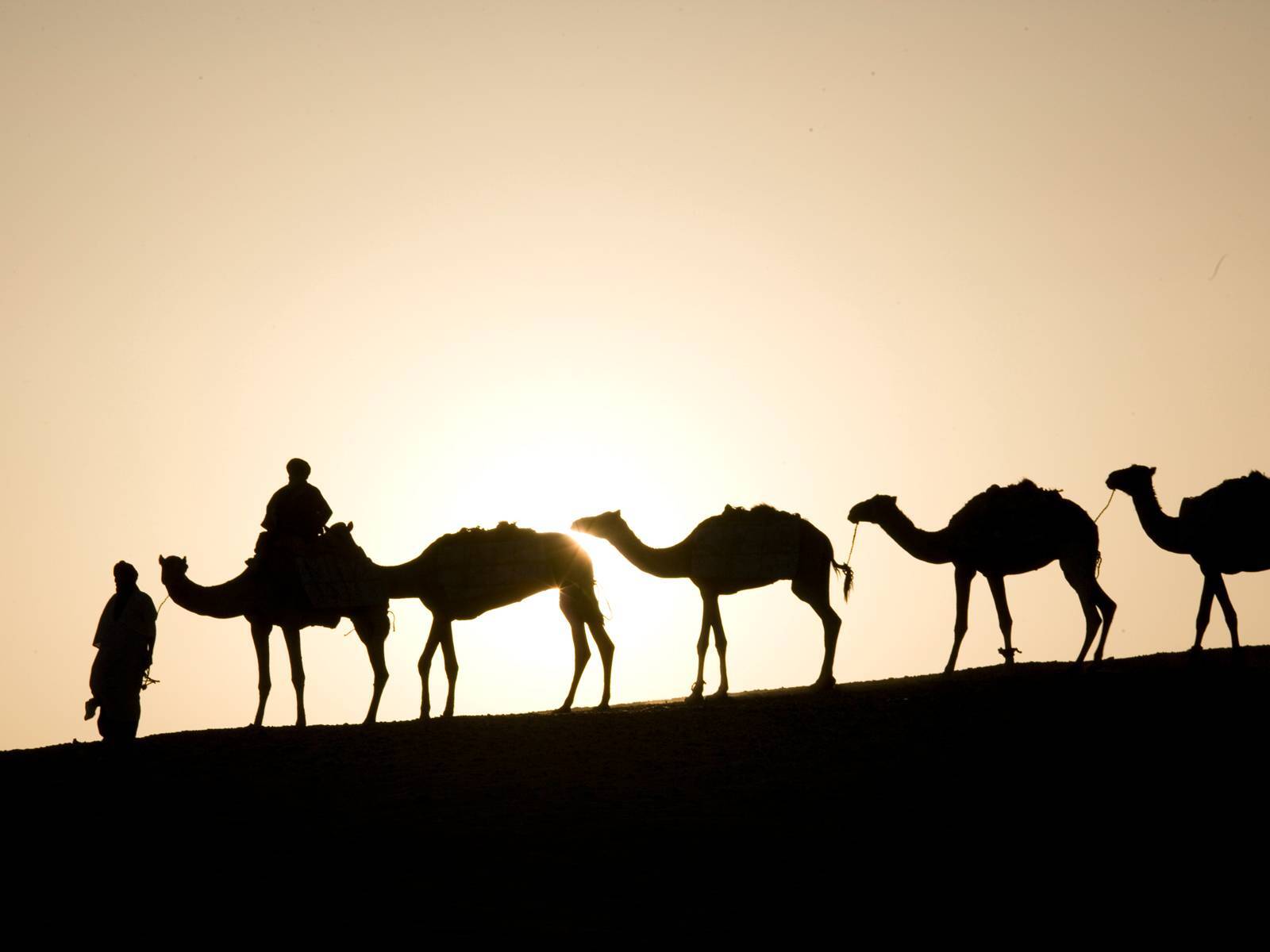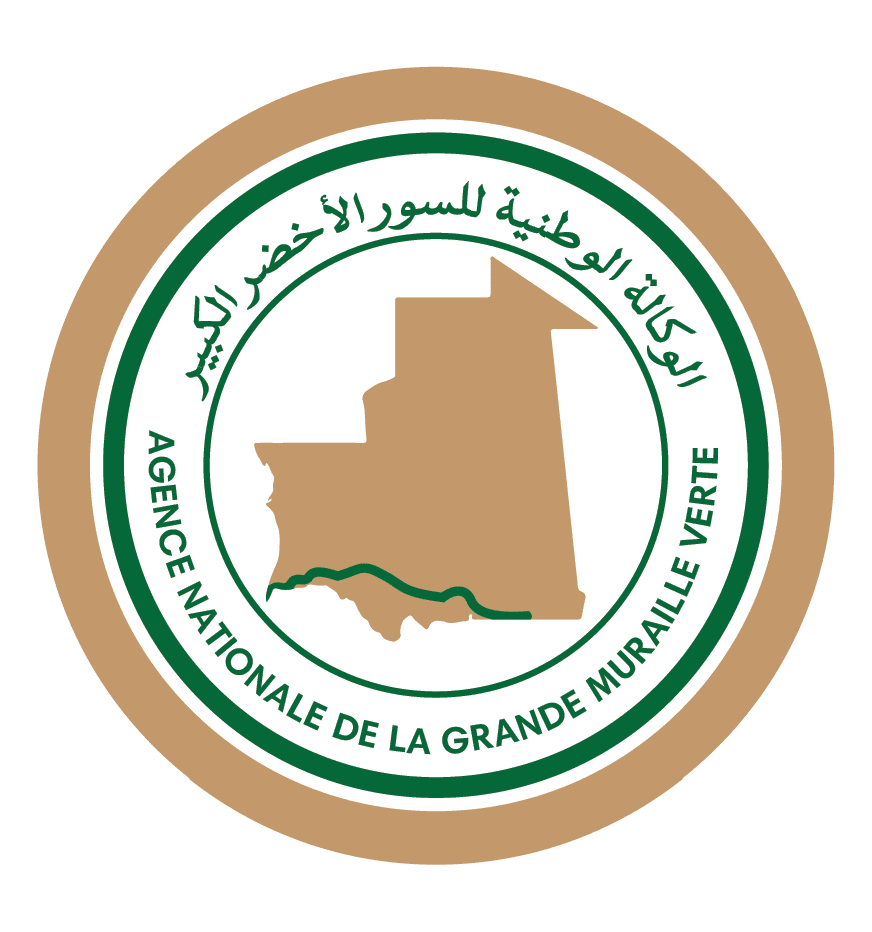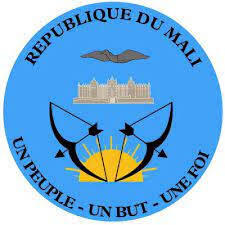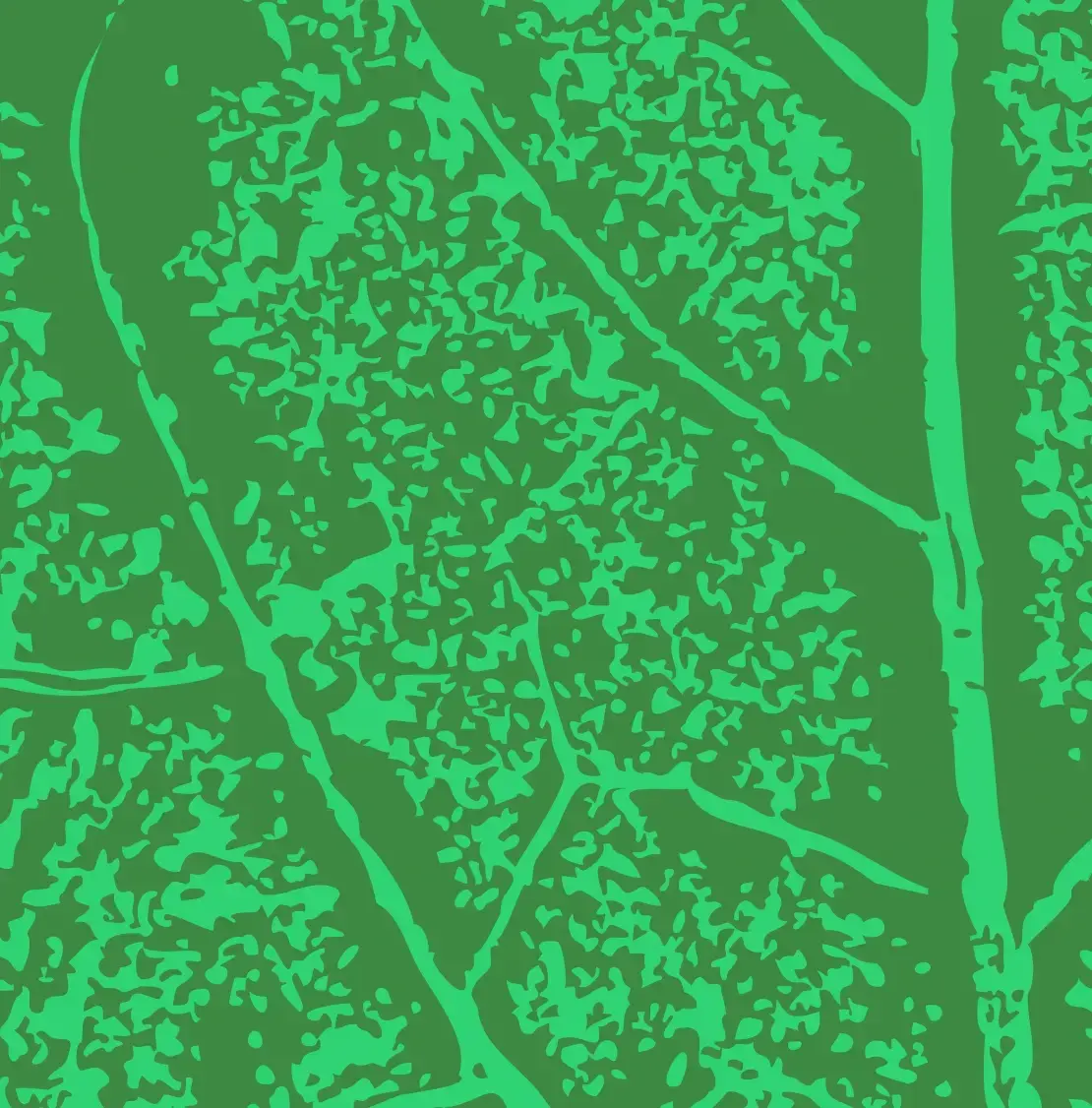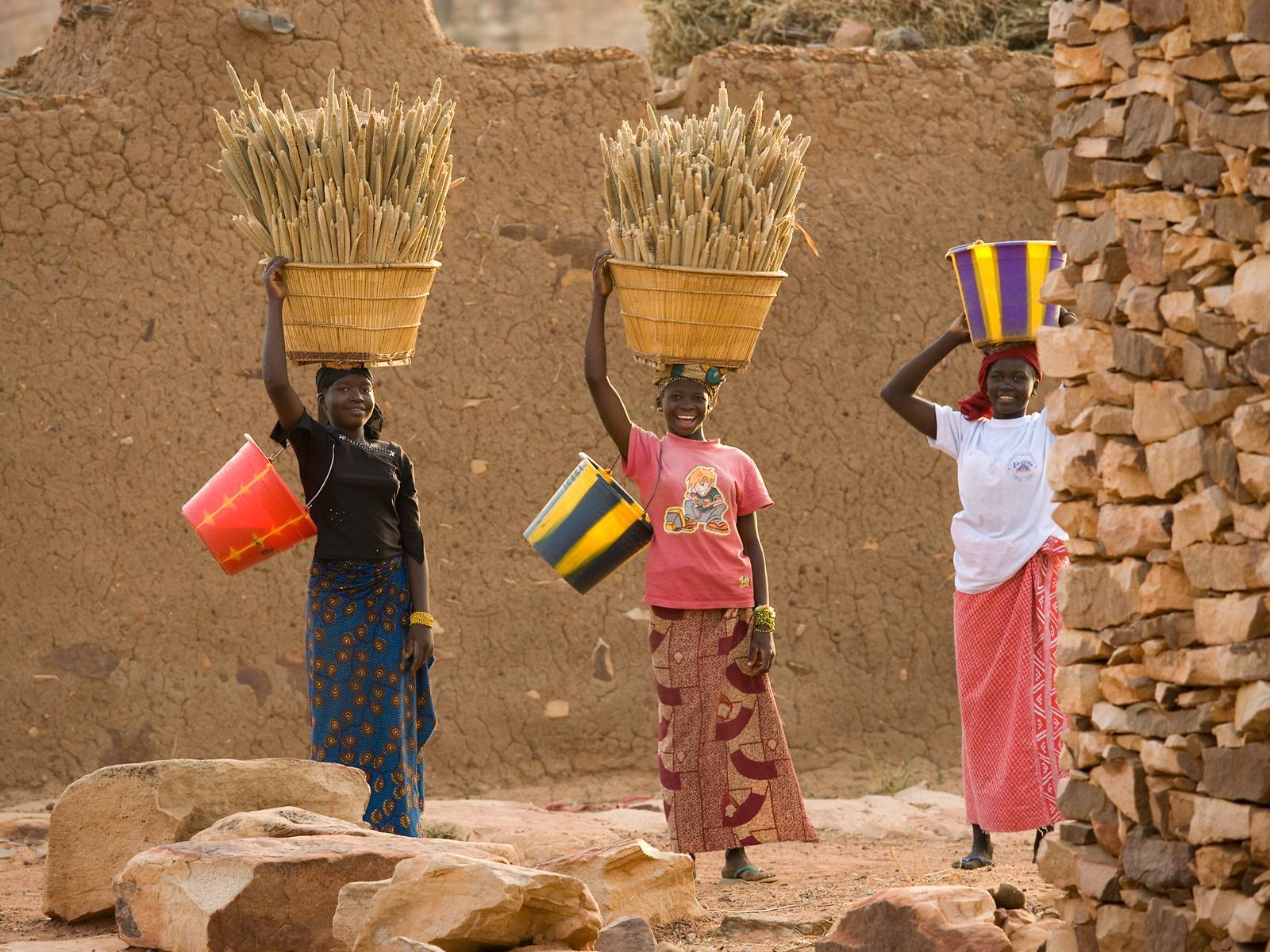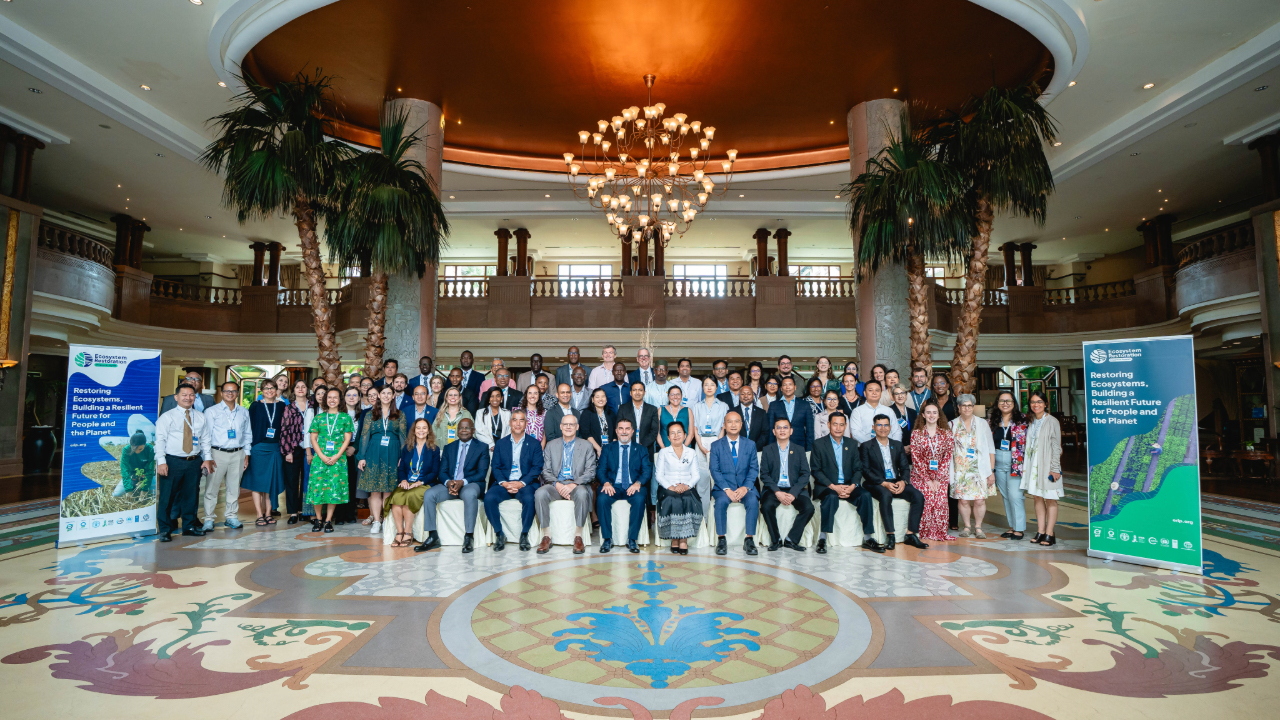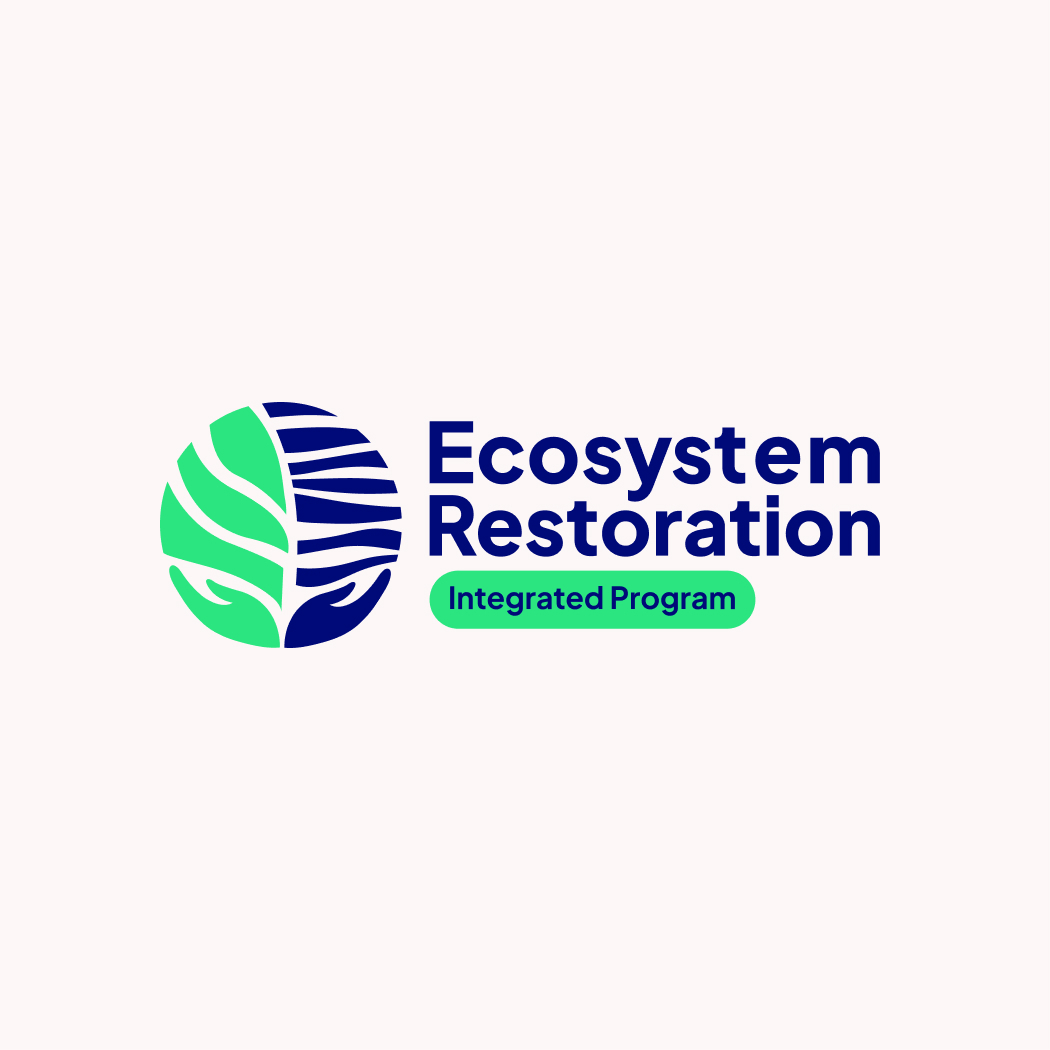Restoration Ambition
In response to environmental degradation and desertification, Mali is advancing efforts to restore degraded lands and improve livelihoods through sustainable agro-silvo-pastoral systems. These actions align with national and global restoration goals and aim to enhance land productivity while addressing the impacts of climate change.
The project will scale up restoration of ecosystem services by building on existing and planned investments. Activities will include nature-based solutions, community-driven initiatives, and upstream agroecosystem restoration, along with the development of local private sector enterprises.
To support long-term sustainability, the project will create market linkages and pilot ecosystem valuation to improve access to viable value chains for local beneficiaries. Knowledge sharing will be facilitated through digital platforms that promote collaboration among stakeholders.
The project aligns with Mali’s Land Degradation Neutrality (LDN) 2030 targets and actively contributes to the Great Green Wall (GGW) initiative. By fostering community mobilization—with a strong emphasis on engaging women and youth—it aims to create enabling conditions for large-scale ecosystem restoration.
Photo credit: © Art Wolfe/ www.artwolfe.com
